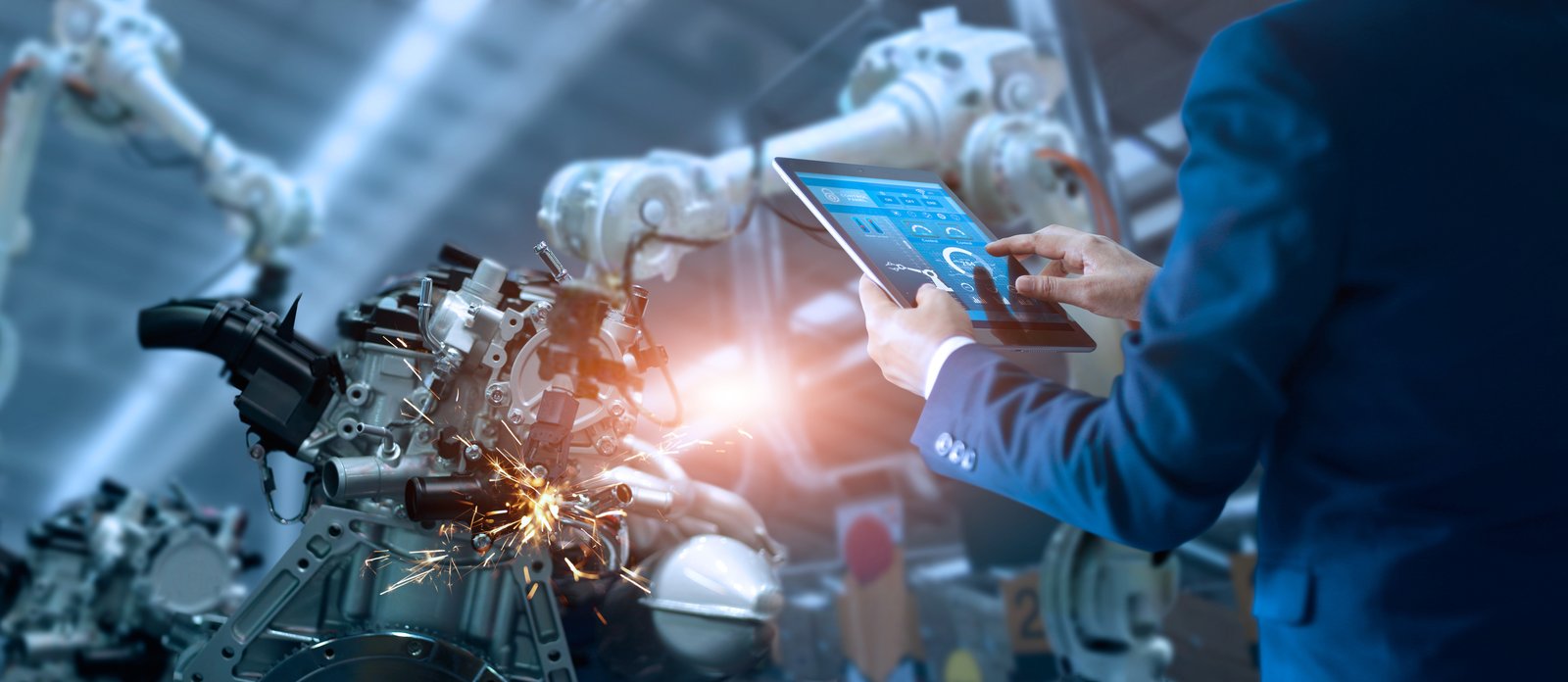Industry 4.0 is one of a number of different terms for the current trend of automation and data exchange and analytics in manufacturing technologies. It includes the Internet of Things (IoT) and cloud computing strategies to link systems and devices together. Industry 4.0 creates what some refer to as a "smart or digital factory". IoT adds to that by linking the products we use every day, so that operating data can be used to fine tune manufacturing and servicing activities.
In Industry 4.0, the connected ecosystem of the Internet of Things (IoT), will be able to help provide manufacturers and consumers alike with increased automation, improved communication and monitoring, along with self-diagnosis and new levels of analysis to provide a truly productive future.
Factories will become increasingly automated and self-monitoring as the machines within are given the ability to analyse and communicate with each other and their human co-workers, delivering much smoother processes, and freeing up workers for other tasks.
Until recently, the only way to gain detailed information about the status of products and industrial equipment was to be in physical proximity and have the ability to inspect it. Today, increased computing power and connectivity are making it possible to virtualize this task by creating and maintaining a digital representation, or “digital twin”, of any piece of real equipment, and thus of any product and industrial plant.
A Digital Twin is a digital model that has the ability to update and change as its physical counterparts’ change. The digital twin is constantly learning and updating itself from multiple sources to represent the real-time status. It can also integrate historical data from past machine usage to factor into its digital model.
The ultimate vision for the digital twin is to create, test, build, operate and service products and industrial equipment in a virtual environment. Only when we get it to where it performs to our requirements do we physically manufacture it. We then want that physical build to tie back to its digital twin through sensors so that the digital twin contains all the information that we have available to enable operators to “interact” with the physical build.
Read more on advanced visualization here: Exploring the Cognitive Gap and the potential of XR technologies.



